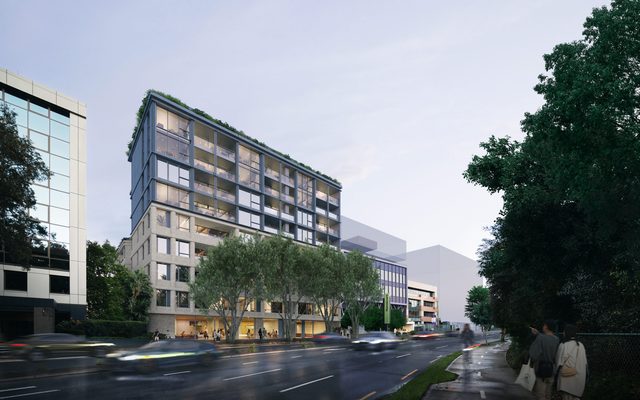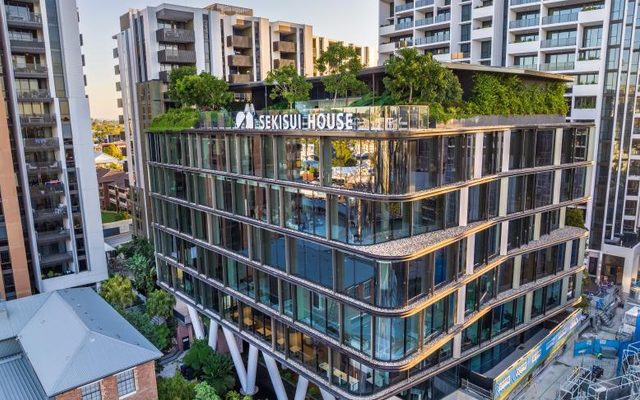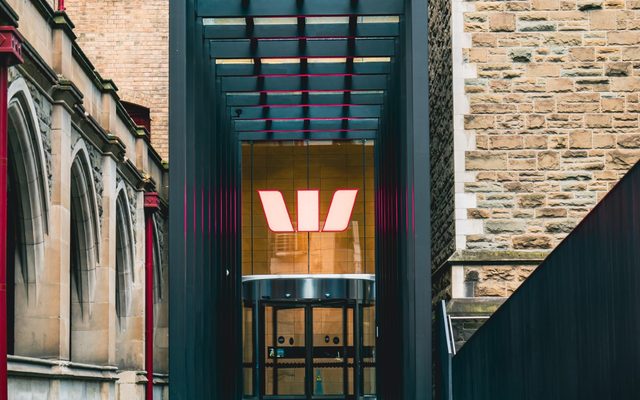This article is from the Australian Property Journal archive
WHILST the office market has struggled in recent years, Wollongong’s transition from a manufacturing to a service-based economy is improving the regional centre’s prospects for investors and landlords, according to Knight Frank.
Knight Frank’s Wollongong Insight: June 2016 report said Wollongong’s population growth is expected to total 23,575 people by 2031, and its CBD to experience jobs growth of 3,773 over the next 20 years, with 72% of these jobs anticipated to be in white collar industries.
Knight Frank managing director, Illawarra, Ben Mostyn, said the local Wollongong economy is currently shifting from manufacturing to service-based industries; primarily healthcare, education and IT services, which is anticipated to equate to office demand of circa 54,280sqm over the coming two decades.
“Currently home to 208,875 residents and 72,551 jobs, the Wollongong local government area accounts for 61% of the region’s gross regional product, also supported by key infrastructure and education assets including Port Kembla and the University of Wollongong,” he said.
Knight Frank director, research & consulting, Paul Savitz said Wollongong’s A-grade office vacancy rate currently measures 8.5%, from 74,662sqm of total A-grade stock, although vacancy will reduce significantly in early 2017.
“While the office market has struggled in recent years from tenant relocations to newer premises and a lack of expansionary requirements from existing occupiers, there are positive signs beginning to emerge from the local office market. With the announcement that the State Emergency Services will relocate to the former ATO building in early 2017, the overall office vacancy rate will significantly reduce once the lease commences as new supply remains constrained.
“This is expected to signify a period of modest rental growth. Elevated vacancy rates and subdued tenant demand prior to 2015 has meant that rental levels in Wollongong have remained stagnant in recent years,” he added.
“Currently, A-grade gross face rents average $425 per sqm with a broad range of $390 to $460 per sqm, while gross face rents are considerably below that of major non-CBD Sydney office markets, currently discounted by up to 22%.
“Looking ahead, some moderate upward pressure on rents is expected over the next 12-24 months; particularly for prime-grade assets,” Savitz said.
Mostyn said recent sales highlighted that investment demand for both office and industrial assets in Wollongong is strong, as investors are attracted to the high-yield metrics on offer when compared to Sydney. Demand is expected to remain solid throughout 2016 and 2017.
“Investment will continue to be strong for functional assets, as the business outlook remains positive with local firms expecting trading activity to improve throughout 2016 – couples with positive overflow demand from Sydney,”
He said that as competition for core assets nationally increase exponentially over the past 18 months, and as yields fell, purchasers have been increasingly moving up the risk curve.
“This has resulted in demand spilling over into non-CBD and major metro markets, and Wollongong is beginning to benefit from this demand. Since January 2015, Wollongong office sales over $5 million have totalled $33.8 million,” Mostyn said. “The most significant sales transactions include the six-storey, fully-leased Australian Hydrographic Office Building in the Wollongong CBD. Tenanted by the Department of Defence until 2021, the property sold for $10 million-plus. Another building at 8 Station St also sold recently in April 2016 for $13.6 million at a net passing yield of 10.1%.”
Australian Property Journal



